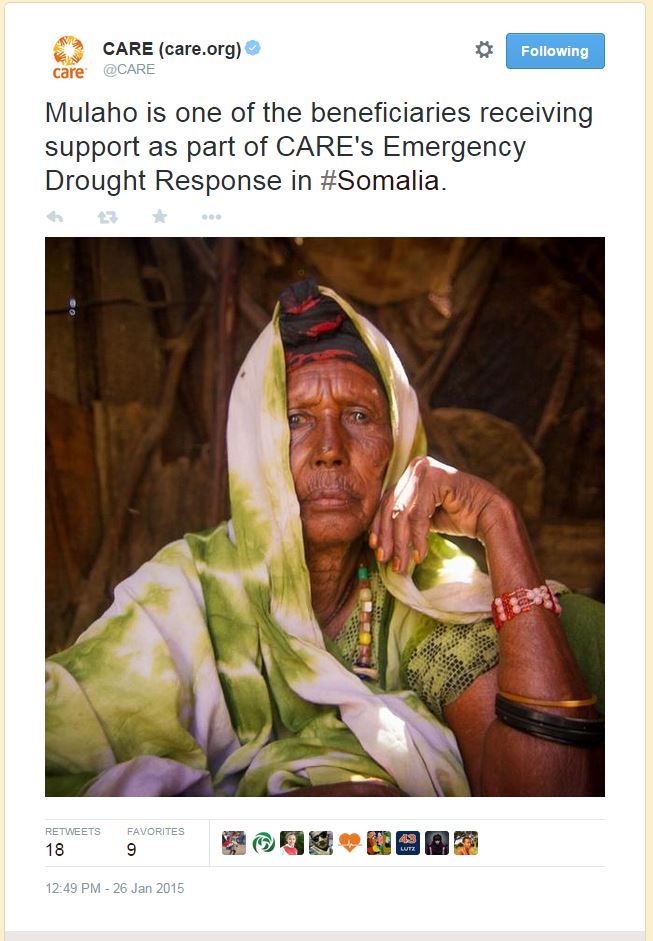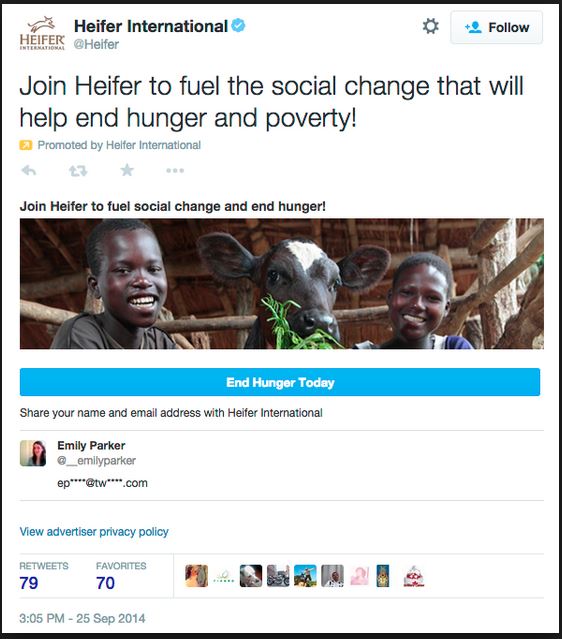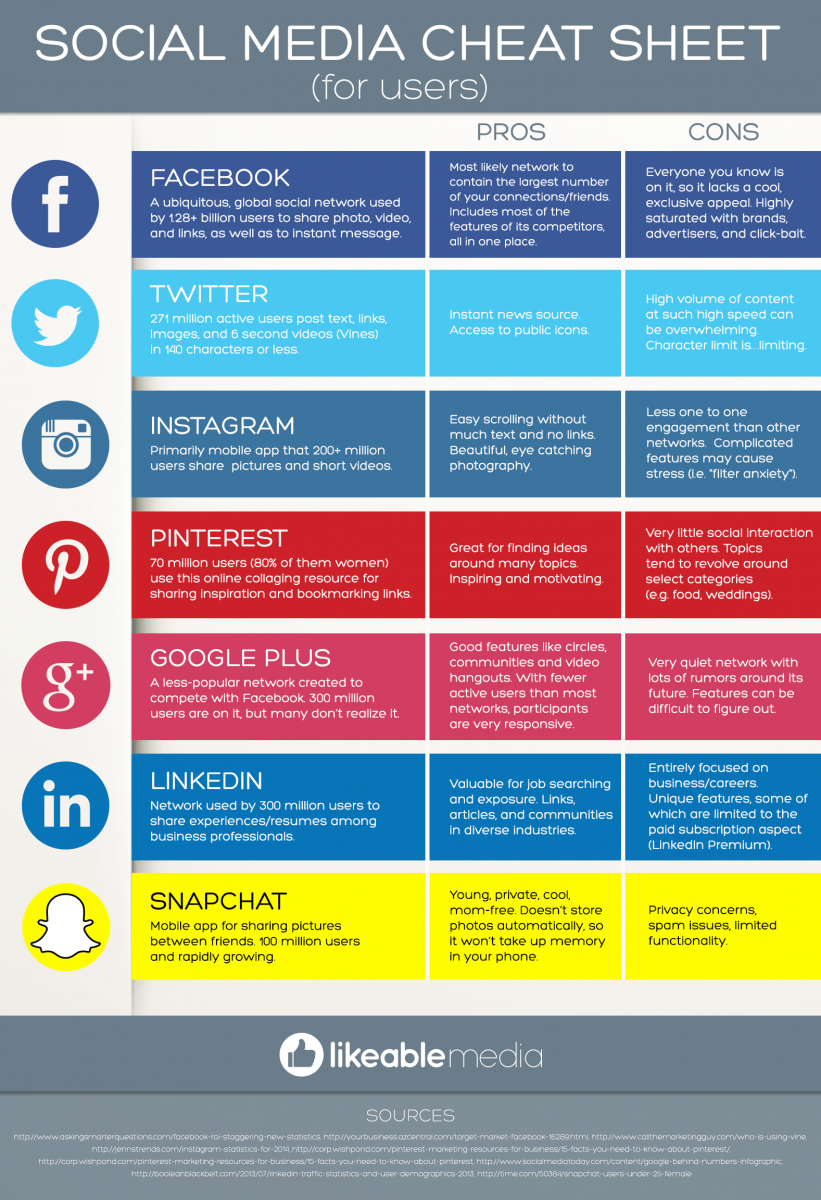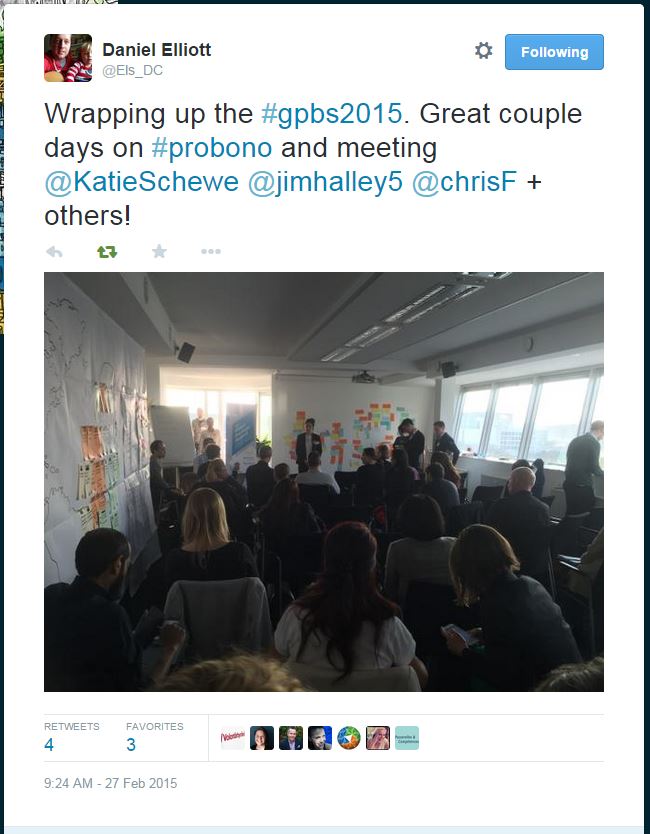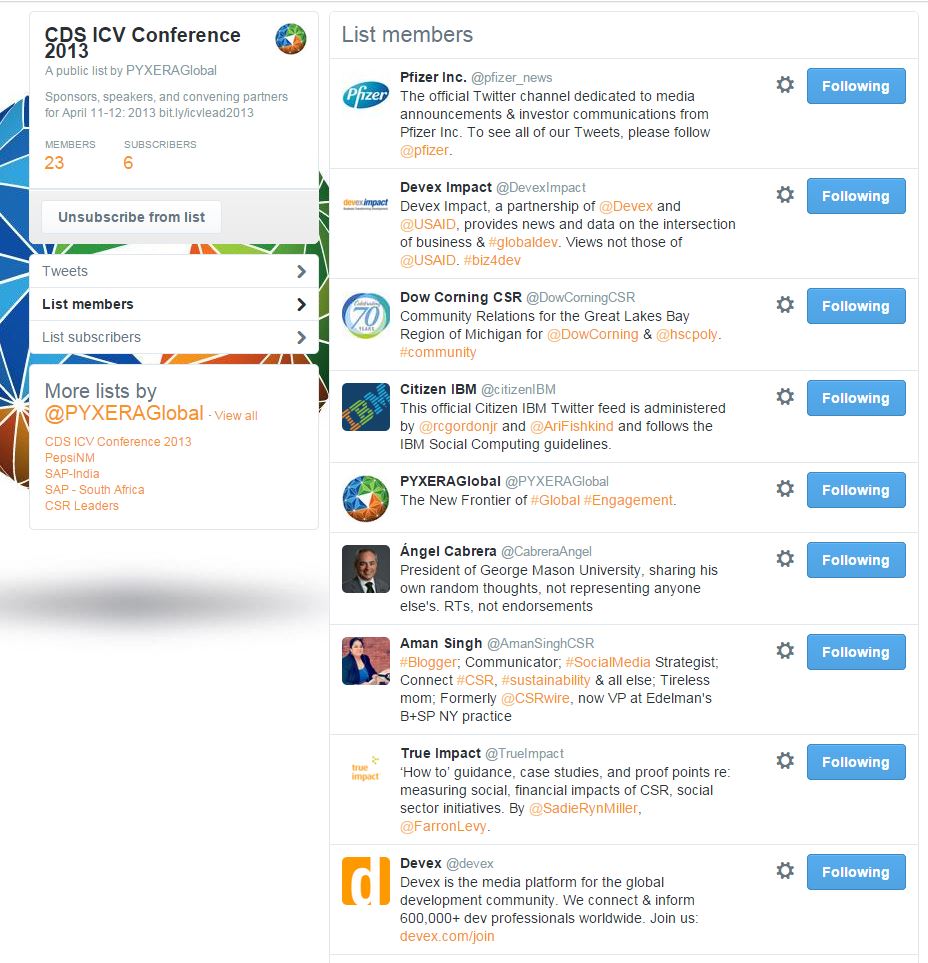When it comes to public relations, many nonprofits experience the exact same challenge. They are doing meaningful work, but no one seems to notice. Why? Large public relations and marketing campaigns are expensive and require continual, substantial investments of time and effort—luxuries most nonprofits cannot afford.
Effectively leveraged social media has the power to cultivate and connect with new audiences while reengaging a nonprofit’s current audience with strategies that require less time, resources, and money.
Additionally, social media allows nonprofits to easily identify and connect with audiences and organizations beyond their sector through shared missions, interests, and goals
Here are six strategies to better engage nonprofit audiences:
1. Share a Story, Make it Visual
Nonprofits have the opportunity to develop a voice on social media by sharing the stories of the individuals, communities, and organizations their work has affected. This CARE post creates a narrative that reflects the nonprofit’s mission while encouraging its audience to connect on a personal level.
The visual aspect drives engagement with the audience. Social media users are 44 percent more likely to engage with an organization through a post with a visual element such as a photo, video, or infographic than through a simple text post.
Online tools like Canva allow anyone to create striking graphics specifically geared towards Twitter, Facebook, and other platforms
2. Include a Call to Action
Always include a call to action in a post.
Identify what you want people to do after reading your post. Do you want them to donate, to repost, to reach out, or read more? Then, be sure to include directions on how they can do this. A call to action can be as simple as asking for a retweet. Tweets that include the phrase “Please Retweet” receive 12X higher retweet rates than those that don’t ask.
Twitter cards can be helpful in directing a call to action. Once you set up a Twitter Business account, you can create visual posts that feature “Read More,” “Visit Now” “Follow,” and other directive buttons for free.
3. Tailor Content to Specific Platforms
Twitter, Facebook, Instagram, Pinterest, Google Plus, LinkedIn, and every other social media platform all allow a specific number of characters and image sizes, and feature a general type of content. For example, Twitter’s 140 character limit works best for short pieces of information and directing audiences to a link with more information, while Facebook posts can include additional information about a topic.
Also, since Twitter is such a fast-paced platform, the same content can be posted multiple times to ensure your followers receive the message. Other platforms, like Facebook and LinkedIn, function at a slower pace than Twitter. It is best to post specific content once to these platforms so you do not bombard your audience with too much content of the same content.
4. Encourage Leadership to Engage
Sometimes nonprofit leaders are averse to using their personal social media to speak on behalf of an organization. Encourage them to occasionally share relevant news and articles. Plus, the CEO of an organization will most likely already have a wide network that can bring greater visibility to an organization. Tapping into this contact base can help humanize a brand and increase genuine engagement.
A starting place for this is to encourage your leadership team to use social media around conferences and other important events. They don’t have to live Tweet an entire conference. But, your audience should know the amount of effort your organization and leadership team puts into staying active in the industry. Additionally, contributing to and engaging in the social media conversation around an event is a great way to make new connections and identify thought leaders.
5. Identify and Engage Thought Leaders
Identify important organizations and leaders in your field. Follow them, occasionally share their content, learn about the other individuals and organizations they regularly interact with, and eventually, mention the organization or individual in your own content and posts to start a relationship with them. They will notice your eagerness to interact, and so will the rest of their followers.
Twitter allows you to track these individuals and organizations with Twitter lists. Here are 10 ways you can use Twitter lists to keep an eye on these thought leaders for breaking news, upcoming events, and critical insight into specific industry topics.
6. Create Partnership
Social media is a great way to find and sustain mutually beneficial partnerships with thought leaders and other organizations—whether these relationships are developed in person or via social media.
Collaborative social media initiatives give nonprofits the opportunity to engage new audiences with similar goals while sharing strategies and resources. This provides valuable business development advantages and an opportunity to create more comprehensive impact.
For example the #3BLchat: Global Pro Bono Moving the needle on Maternal Health Twitter chat with partner organizations USAID, Merck for Mothers, Jacaranda Health, PHI, and PYXERA Global drove a conversation that addressed the future of global maternal health initiatives. Participants shared a wealth of studies, stories, and personal experiences in the field to better educate participants about critical issues and assess future program design and goals.
Most nonprofits already have great stories to share with their audiences. In order to share these stories through social media, collect, digest, and tailor them to specific platforms to create more meaningful engagement.
Show the world the important work you are doing, how it’s changing lives, and why others should get involved with your organization.
Feature image by: mkhmarketing
Meredith Lee
Meredith Lee is a communications intern at PYXERA Global and graduate from the University of Wisconsin School of Journalism and Mass Communication. She will be working in Quito, Ecuador as a freelance journalist beginning March 2015.


